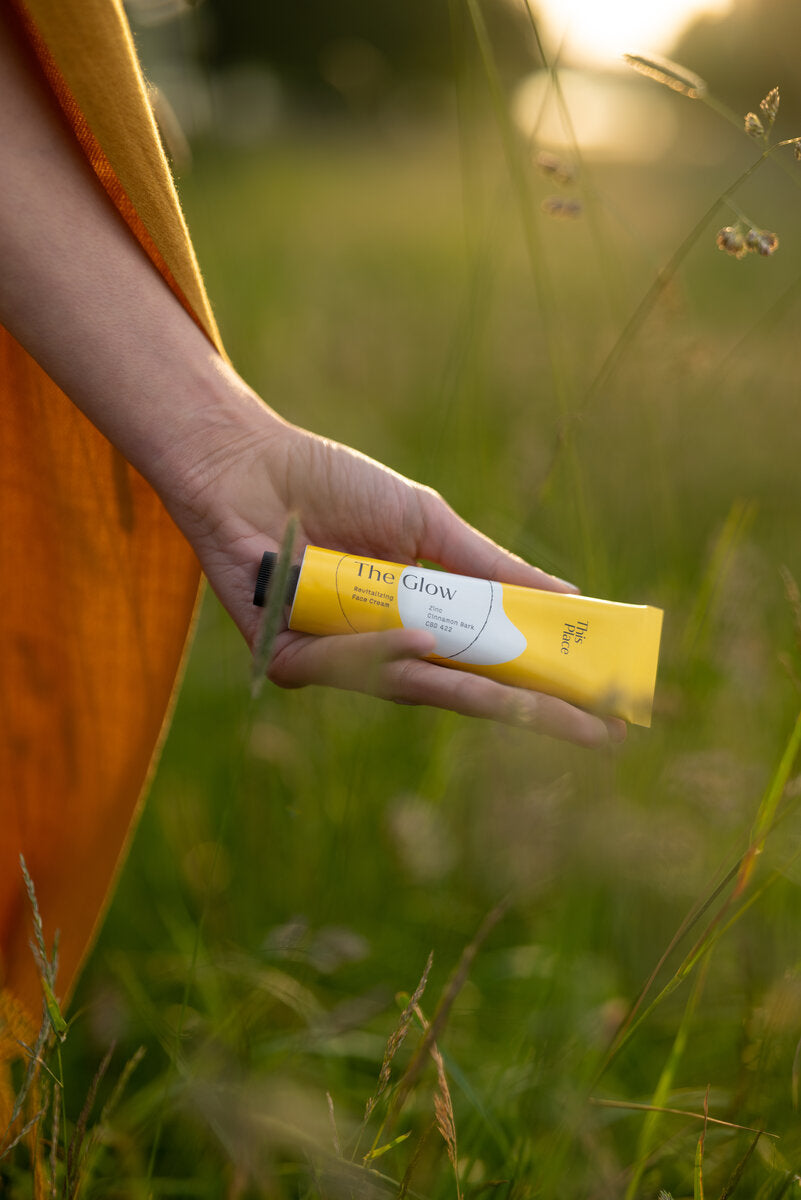At a glance: Why your skin always needs moisture — even in summer |
After hunkering down all winter long, can we finally put an end to cold, dry and cracked skin? Temperatures in Europe and North America are already creeping up to 44º C this time of year and surely they will get even hotter.
Unfortunately, summer isn’t easy on our skin either. Due to seasonal changes in temperature, humidity and UV radiation, our skin has different needs. Yet there’s one thing it needs year round and that’s moisture.
Why does skin need moisture anyway?
Every part of our body needs water to survive, and our skin is no different. When our skin suffers from dehydration, which can be caused by various factors, our skin cells can’t perform their important protective function and they can’t regenerate either. As a result, skin can become dry, tight, itchy, and in some cases, develop eczema.
There are many positive effects to sufficiently hydrated skin:
- It strengthens our skin’s acid mantle, the protective barrier that coats the skin to shield it from external germs, bacteria and toxins and protect against infections
- It creates a better environment for the enzymes that help our skin naturally remove dead skin cells via flaking.
- It makes our skin feel more elastic and firm [1]
Moisture is essential for the skin and there are two factors, in particular, that help regulate skin hydration.
The natural moisturising factor and transepidermal water loss
Moisture is essential for our skin, and when it comes to how our skin absorbs and stores water, there are two concepts that are important to keep in mind: the Natural Moisturising Factor (NMF) and Transepidermal Water Loss (TEWL).
The outermost layer of the skin is called the corneal or horny layer of the skin because it's made of dead, dried-out skin cells that have been hardened, like an animal horn (hence the name) to act like a physical barrier to pathogens. To keep this area hydrated, thankfully, we have our Natural Moisturizing Factor (NMF), a mix of water soluble components made from active substances that the body naturally produces, which act like small magnets to soak up and retain moisture [2]. Additionally, water naturally evaporates from the skin in a process called transepidermal water loss (TEWL). A healthy skin barrier helps regulate TEWL to make sure it's proportional to how much hydration the skin gets to prevent conditions like irritation [2].
In short, maintaining a strong outer layer of skin using the NMF and regulating TEWL are the basic requirements for healthy, hydrated skin.
Skin changes: summer vs. winter
Strolling in the crisp autumn wind, warming up after a day of sledding on a cold winter’s day, getting caught in a springtime thunderstorm, soaking in summer’s powerful rays... Over the course of a year, our skin comes into contact with an awful lot of extreme external factors, which is why just as the seasons change, our skin’s needs fluctuate as well.
The demands are particularly high in winter: As temperatures drop outdoors, radiators indoors ensure hot, dry air to circulate, causing more moisture than usual to evaporate from the skin. This temperature contrast puts an additional strain on the skin, which craves even more attention. All the more reason for an extra helping of self-care.
Same thing in the summertime as we go from sweating in the hot temperatures outside to seeking shelter in cool (and often air conditioned) rooms inside. The skin does not give off as much moisture during the summer, yet we still must make sure to provide it with sufficient moisture, as it faces many other challenges this time of year.
Where oil and fat come into play
The sebaceous glands in our skin help lubricate the skin by secreting an oily material called sebum, which also helps stabilise the skin barrier by maintaining an acidic quality that helps keep harmful bacteria out of the body on the acid mantle. These glands are less active in the cold, thereby affecting stability of the skin barrier too. This is why the skin needs products with lipids or fatty oils in the winter to put the skin barrier back into balance.
In summer, however, exactly the opposite applies: The production of sebum increases in the summertime, making our skin a bit oilier than on colder days, which is why pure moisturiser is perhaps the better way to go this time of year, rather than relying on oil-based products.
Top skin stressors: Sun, heat and chlorine
Just like how the hot summer sun causes puddles to evaporate quickly, this same heat factor affects our skin and deprives it of water. UV rays pose further dangers. Our risk of developing skin cancer increases if we regularly spend long periods of time in the sun without proper sun protection [3]. In addition, studies show that UV rays could be responsible for up to 80% of visible skin aging [4].
Jumping into cold water isn’t necessarily the best way to protect our skin either. While the skin’s outer layer provides very good protection against many foreign substances and toxins, it’s not as great at keeping out lipophilic substances (those that dissolve in fats like oils and milk), which include the chlorine that keeps our favorite swimming pools clean. The skin can react to these chemicals by drying out, becoming red or inflamed, swelling up and even causing severe burns in some cases [5]. Make sure to shower with clear water after taking that dip in the pool to cool off.
More ways to nourish skin this season can be found in our article on summer skincare.
Final tip: Moisturise from the inside out
The moisturising ingredients found in most skincare products include glycerine, urea and hyaluronic acid, also known as hyaluronan. The latter is also included in The Glow facial cream, making it an essential go-to to keep our skin hydrated.
Healthy, balanced skin also means taking care of ourselves from the inside: Studies show that drinking water can have a positive effect on skin density, thickness and blood flow [6] [7]. In order to replenish our skin's water reservoir every day, our rule of thumb is to keep that water bottle handy — and make sure to drink from it often.
Source:
[1] Skin hydration: interplay between molecular dynamics, structure and water uptake in the stratum corneum
https://www.nature.com/articles/s41598-017-15921-5
[2] Skin hydration: a review on its molecular mechanisms
https://pubmed.ncbi.nlm.nih.gov/17524122/
[3] Telecollege Biology - 9th episode: 1. Mutations
https: // www. br.de/telekolleg/faecher/biologie/biologie-09-humangenetik102.html
[4] Effect of the sun on visible clinical signs of aging in Caucasian skin
https: //www.ncbi .nlm.nih.gov / pmc / articles / PMC3790843 /
[5] Greenpeace study: The effects of chlorine compounds on human health
https://www.oekorecherche.de/sites/ default / files / publications / vollchlor.pdf
[6] Effect of fluid intake on skin physiology: distinct differences between drinking mineral water and tap water
https: //onlinelibrary.wiley.com/doi/abs/10.1111/j.1467-2494.2007.00366.x
[7] Effect of oral hydration on skin microcirculation in healthy young and midlife and older adults
https://pubmed.ncbi.nlm.nih.gov/17352748/

